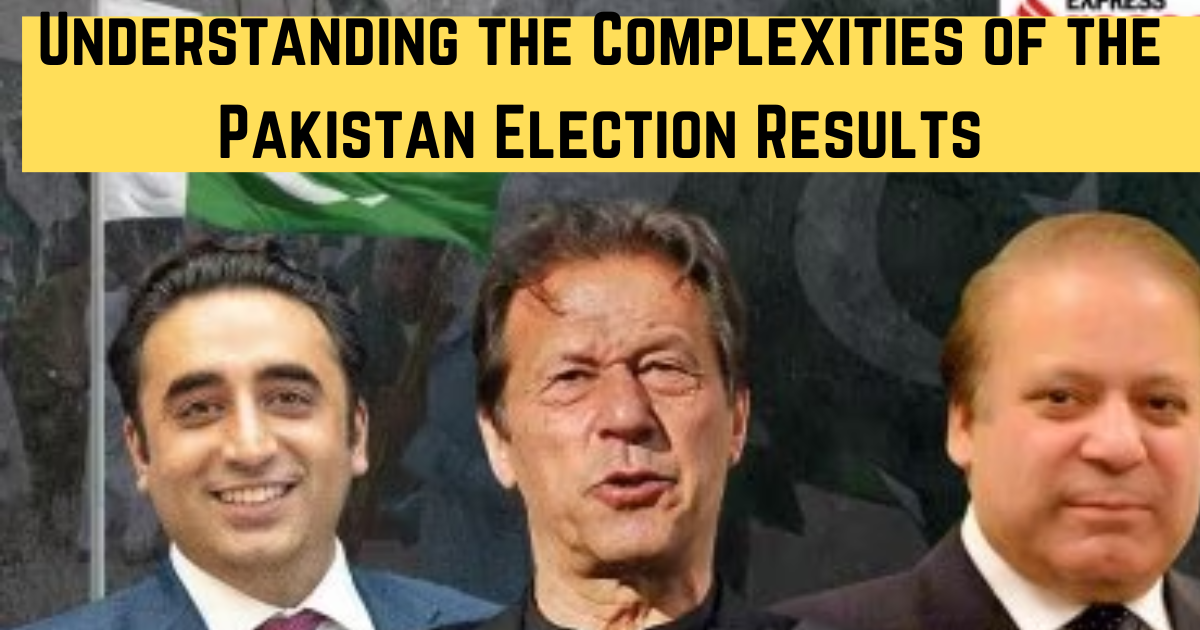Understanding the Complexities of the Pakistan Election Results
Introduction: The recent Pakistan general election has concluded with a hung parliament, showing up political uncertainty in the country. Despite Imran Khan’s loyalists securing a significant number of seats, forming a government seems challenging. Let’s delve into the intricacies of the election results and the potential implications for Pakistan’s political landscape.
Election Results Overview:
- Imran Khan-backed candidates secure 93 seats, Nawaz Sharif’s PML-N wins 75, and the PPP secures 53 seats in the National Assembly.
- The MQM-P of Karachi obtains 17 seats, with one seat’s election postponed due to a candidate’s death.
Next Steps and Scenarios:
- The next phase involves demonstrating a simple majority of 169 seats out of the 336-member National Assembly.
- Various scenarios are considered for forming a government, including coalition formations and potential army intervention.
Four Scenarios for Government Formation:
- Nawaz Sharif Forms Coalition: PML-N allies with PPP to secure a majority and potentially sees either Sharif or his brother as the prime minister.
- Imran Khan’s Independent Bloc Gains Power: Khan’s independent candidates join forces with smaller parties, inching closer to a majority.
- Bhutto Zardari’s Coalition Bid: PPP plays a crucial role in coalition formations, positioning Bhutto Zardari as a prime ministerial candidate.
- No Consensus, Army Intervention: In the absence of a clear majority, the Pakistan army may intervene to restore order.
Challenges Faced by PTI:
- Despite securing a significant number of seats, Imran Khan’s PTI faces hurdles in independently forming a government.
- Nawaz Sharif’s proactive coalition efforts and support from influential entities like the Pakistan Army pose challenges for PTI.
Analysis of PTI’s Struggle:
- Experts, including Ahmed Bilal Mehboob from PILDAT, suggest that PTI may need to ally with major parties like PML-N or PPP due to a lack of required numbers for a majority.
- PTI-affiliated independent candidates contesting without the party symbol face procedural challenges in rejoining PTI, potentially delaying the process of forming a government.
Conclusion: The aftermath of the Pakistan general election underscores the complexities of coalition politics and the challenges faced by major parties in forming a government. As negotiations and alliances unfold, the future trajectory of Pakistan’s political landscape remains uncertain, with significant implications for governance and stability. Stay tuned for further updates on this evolving situation.